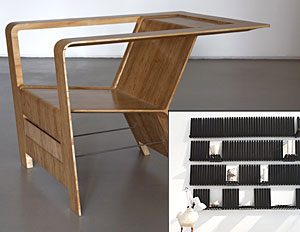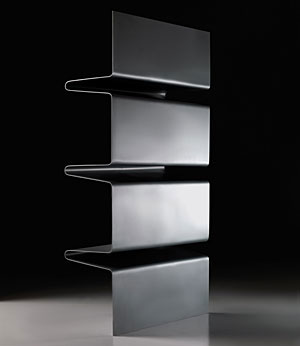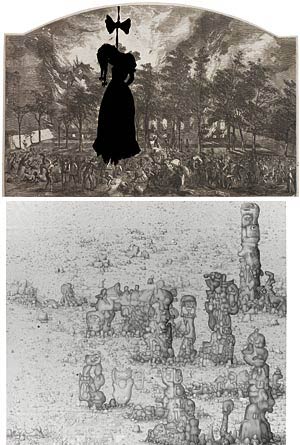 |
Total design |
 |
In bloom
|
 |
Chilean cool
|
 |
Chocolate factory |
 |
Taking a spin
|
 |
Total design |
 |
In bloom
|
 |
Chilean cool
|
 |
Chocolate factory |
 |
Taking a spin
|
Copyright ©2024. All Rights Reserved BNP Media.
Design, CMS, Hosting & Web Development :: ePublishing
Post a comment to this article
Report Abusive Comment